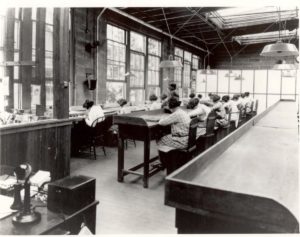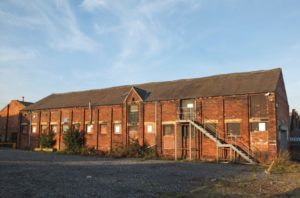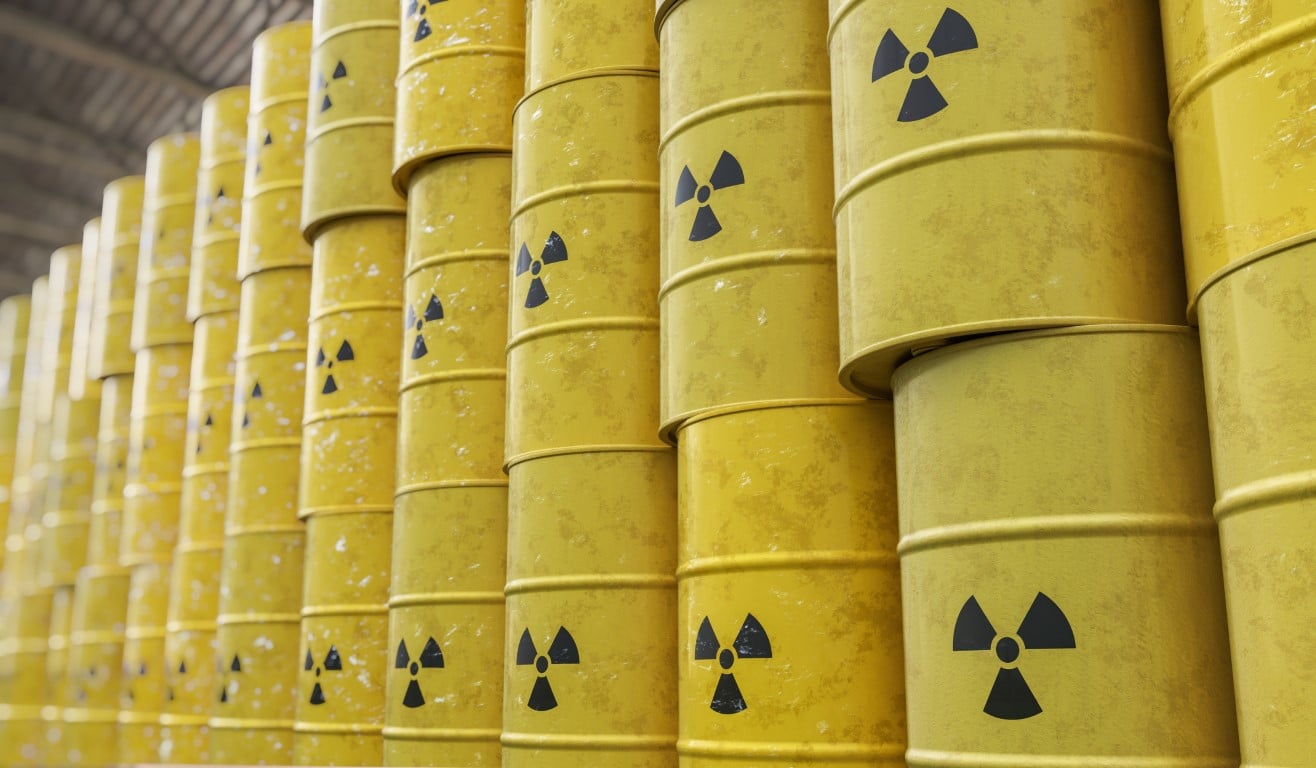What are Radioactive Elements?
Radioactive elements are naturally occurring unstable molecules that are present throughout the earth’s crust. Unlike most of the elements that exist in nature, these elements spontaneously lose energy or mass and decay into a less massive isotope or element. Most of the radioactive elements that exist in the earth’s crust are the result of the decay of Uranium that was accumulated in the earth’s crust when it was formed.
History of Radioactive Elements
Humans first discovered the existence of radioactive elements in the late 19th century when Henri Becquerel identified that rays emanating from a mineral sample fogged an unexposed photographic plate and his doctoral student, Marie Curie identified that certain minerals emitted the rays and coined the term “radioactivity.” Following the discovery of radioactivity, the thought that these radioactive rays were beneficial and reinvigorating became prevalent, which brought about a boom of radioactive consumerism in the late 19th and early 20th century. Radioactive “health” products were marketed to the general public including radioactive water, makeup, gum, and cigarette filters, among many other products.

The use of radioactive consumer products declined significantly in the 1920s after the adverse health effects of radiation exposure were exposed to the general public as a result of Radium Girls. The Radium Girls were a group of female factory workers who contracted radiation poisoning from ingesting radium (glow in the dark) paint as a result of pointing (licking) paint brushes to cleanly apply paint to watch dials.
After the dangers of radioactive exposure became well known, the use of radioactive materials was scaled back significantly. However, there are still several applications that remain beneficial to our population such as nuclear medicine, high precision laboratory equipment, food sterilization, and research.
Types of Radioactive Remedial Sites
One of the first things people generally think of when they picture a radioactive remedial site is fissile material refineries, nuclear power generation facilities, and nuclear waste disposal facilities. These sites are regulated by the United States Regulatory Commission and are generally not sites that the general public encounters or would be responsible to remediate. These sites are highly regulated and require specialized skills to manage, so they won’t be a focus of this discussion.
Radon Gas
The most widespread type of radioactive contamination that the general public encounters are actually in their homes. Many homes have Radon gas that infiltrates their homes from the decay of Uranium in natural formations. This is a common form of radioactive exposure that does present a health concern to the general public in many regions. However, in the United States, we have recognized this risk and have implemented testing and developed simple cost-effective methods of mitigating this risk.
Technically Enhanced Naturally Occurring Radioactive Material
Another common radioactive type of waste that is not something the general public is typically exposed to but is something that is not uncommon is sites that are impacted by Technically Enhanced Naturally Occurring Radioactive Material (TENORM) waste sites. Radioactive elements are present throughout many mineral formations that contain ores and formations that are refined/mined to generate useful industrial materials (metals, petroleum, etc.). Once the useful material is extracted/refined, the original ore and waste are concentrated which increase the overall radioactivity of this material. This TENORM waste is then disposed of and historically has not been handled as special waste. TENORM sites include metal refineries, mining waste disposal sites, oil and gas production waste, and quarrying materials.
Former Industrial Facilities and Medical Facilities
The next type of potentially radioactive sites is former industrial facilities and medical facilities. Many pieces of equipment within industrial sites utilized radioactive components in gauges and control systems including vacuum tubes, gauges, regulators, and radioactive sources to operate the equipment. Unfamiliarity with the potential radioactive sources can result in inadvertent contamination of a waste stream, which would potentially increase disposal costs or improper disposal that may result in contamination of a disposal facility (landfill, metal scrap yard, etc.).

Sites that have been contaminated by defunct medical/industrial equipment and TENORM waste are remediated in similar fashions to sites impacted by non-radioactive hazardous waste. The remedial methods are generally focused on the protection of human and ecological health and can be managed by source removal (off-site disposal at a property regulated facility or managed in place through institutional and engineering controls. As with non-radioactive hazardous waste sites, these sites are remediated under the direction of a regulatory agency (state and/or federal) and require good science and decision making to attain regulatory compliance/closure.
How Can VERTEX Help?
VERTEX has a team of environmental professionals that have the appropriate training to investigate radioactive remedial sites, determine the necessary response activities, the extent of the impacts, identify any potentially responsible parties, and can determine the appropriate remedial efforts and regulatory reporting necessary to correct the environmental condition.
To learn more about VERTEX’s Environmental Consulting and Environmental Claims Consulting services or to speak with an Environmental Expert, call 888.298.5162 or submit an inquiry.




